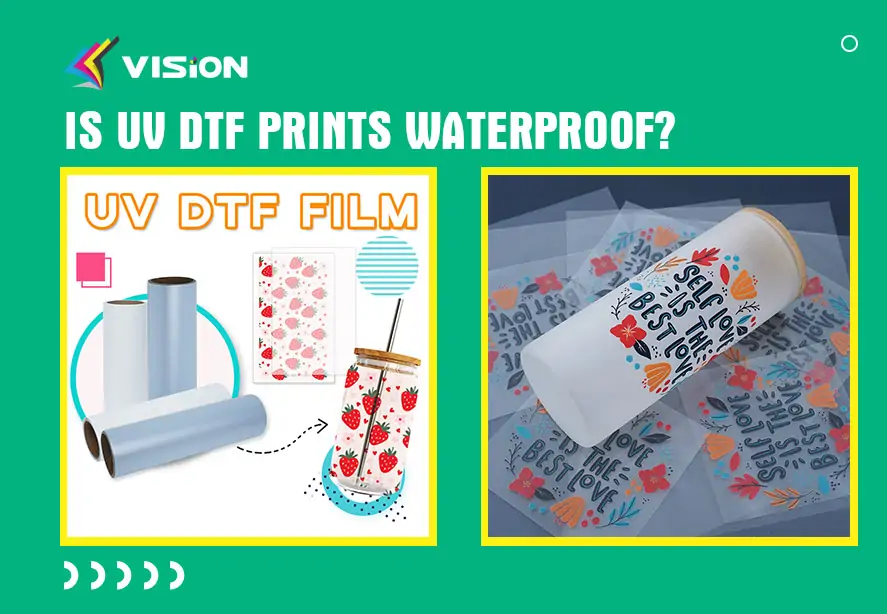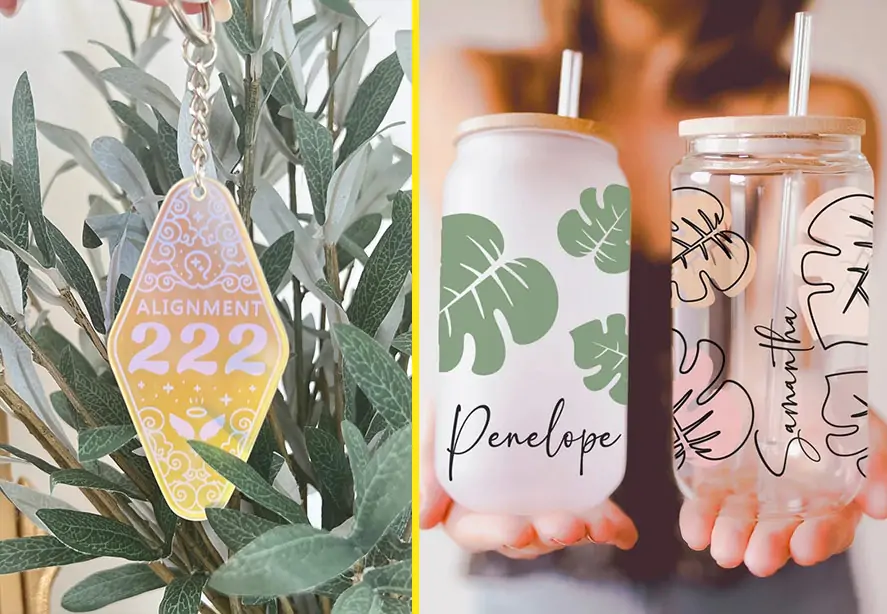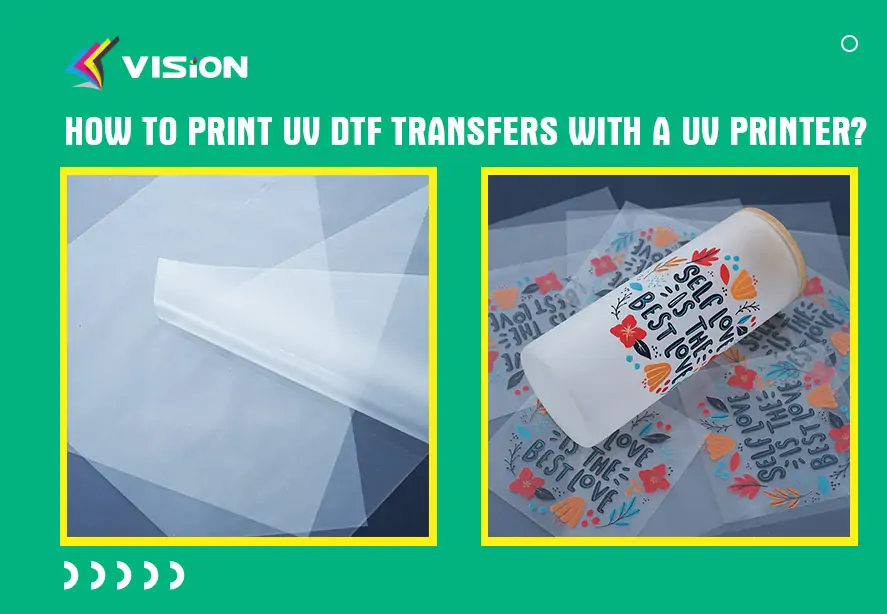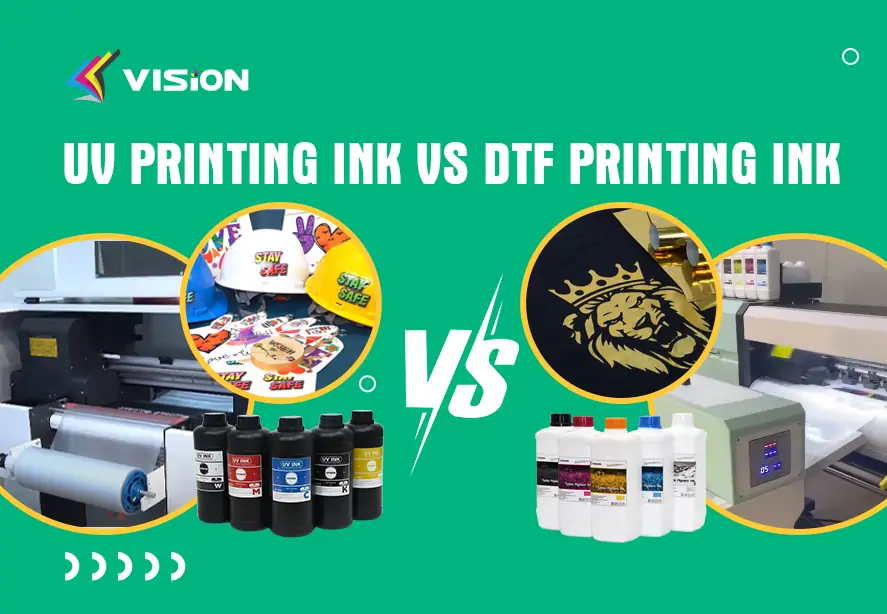In the fast-evolving world of printing technologies, UV DTF (Direct to Film) has emerged as a revolutionary method, offering vibrant and high-resolution prints. However, a common question arises in the minds of consumers and businesses alike: Is UV DTF prints waterproof? In this article, we will dive into the intricacies of UV DTF printing technology, exploring its water-resistant properties, the factors influencing them, and real-world applications.
Understanding UV DTF Printing
Before we unravel the mystery of water resistance, let’s grasp the basics of UV DTF printing. UV DTF involves directly applying UV-curable inks onto a specialized film, which is then transferred onto various surfaces. This process ensures vivid colors, intricate details, and quick production times, making it a preferred choice for many printing applications.
The Importance of Water Resistance in Printing
Water resistance is a crucial factor in determining the durability of printed materials, especially in applications where exposure to moisture is inevitable. Whether it’s outdoor signage enduring rain or labels on beverage containers resisting condensation, the ability of prints to repel water is vital for their longevity.
Is UV DTF Waterproof?
UV DTF prints are generally resistant to water and moisture to some extent. The UV-curable inks used in the process are designed to be durable and provide good water resistance. However, the level of water resistance can vary based on factors such as substrate type, ink quality, and curing processes. This means that UV DTF prints can withstand occasional exposure to water, such as light splashes or raindrops, without significant damage or fading.
However, it is important to note that UV DTF prints are not completely waterproof. Prolonged exposure to water, submersion, or heavy rain can potentially cause the ink to deteriorate or fade over time. Additionally, the level of water resistance may also depend on the quality of the film used in the printing process.
Factors Influencing Water Resistance
To comprehend the water resistance of UV DTF prints, we need to delve into the factors that play a pivotal role. The type of substrate or material onto which the UV-curable inks are transferred, the quality and composition of the inks, and the effectiveness of the curing process under UV light all contribute to the overall water resistance.
Advantages of UV DTF Water Resistance
The water resistance of UV DTF prints opens up a plethora of applications. From outdoor signage enduring diverse weather conditions to labels on products that may come in contact with liquids, the advantages are vast. UV DTF prints maintain their vibrancy and integrity even when exposed to challenging environmental conditions.
Achieving Water Resistance in UV DTF Prints
How does UV DTF achieve water resistance? The process involves a combination of factors. To enhance the water resistance of UV DTF prints, some additional measures can be taken. Applying a clear protective coating or lamination over the print can provide an extra layer of protection against moisture. This coating can help to seal the ink and prevent water from seeping into the print, thus increasing its water resistance.
In summary, UV DTF prints are generally water-resistant to a certain degree, but they are not completely waterproof. It is advisable to take precautions and avoid exposing UV DTF prints to excessive water or moisture for extended periods to maintain their longevity and quality.







